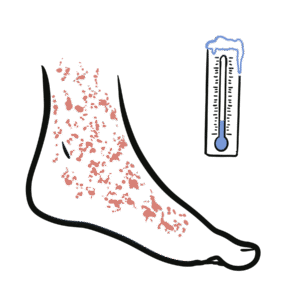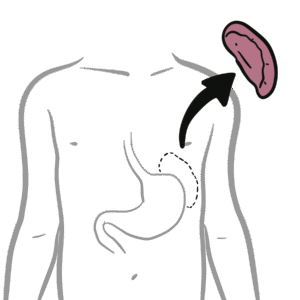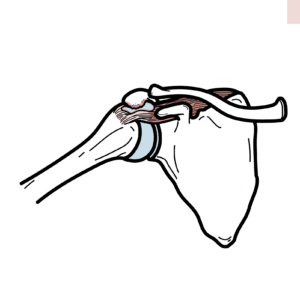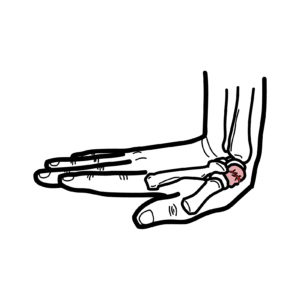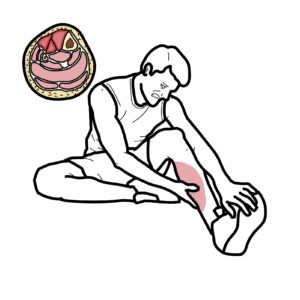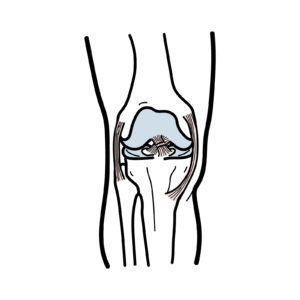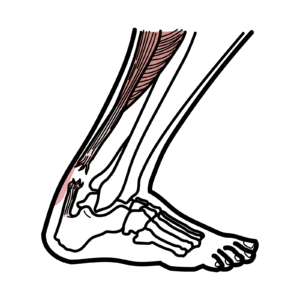The Nucleus of the Cell
Discover the nucleus—the cell’s control center that stores DNA and directs gene expression, replication, and ribosome production. In this clear, engaging explainer, you’ll learn how the nucleus’ structure—nuclear envelope, nuclear pores, nucleoplasm, chromatin, and nucleolus—enables precise regulation of cellular functions and the life cycle.
This video breaks down key concepts: how the double-membrane nuclear envelope and nuclear pores manage selective transport of mRNA, ribosomal subunits, and transcription factors; the role of the nucleoplasmic matrix and nuclear lamina in organizing chromatin; and how chromatin’s euchromatin and heterochromatin states control transcriptional activity. You’ll see how chromatin condenses into chromosomes during mitosis and meiosis, ensuring accurate DNA replication and inheritance. The nucleolus’ pivotal function in rRNA synthesis and ribosome biogenesis is explained step-by-step, connecting RNA types (mRNA, tRNA, rRNA) to their roles in protein synthesis.
Benefits of watching: gain a concise, accurate foundation in nuclear structure and function, improve retention of terminology used in cell biology courses, and apply this knowledge to topics like gene regulation, cell cycle control, and molecular transport. Visual learners will appreciate the straightforward analogies and microscopy insights that clarify complex processes.
Whether you’re a student preparing for exams, an educator looking for a teaching resource, or simply curious about cellular biology, this video gives you the essential framework to understand how the nucleus orchestrates growth, metabolism, and division. Watch to master the nucleus and strengthen your grasp of cellular control mechanisms.




